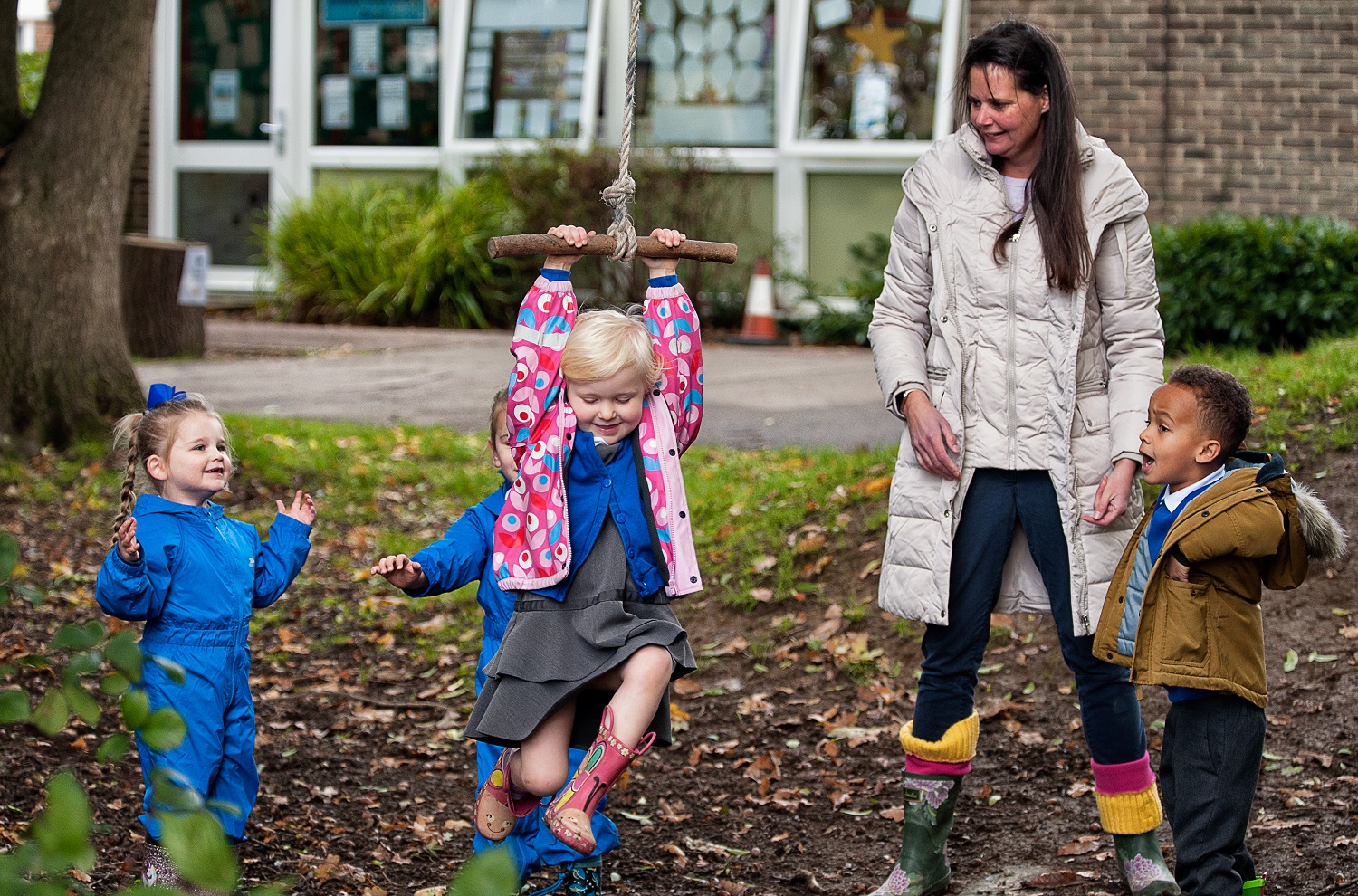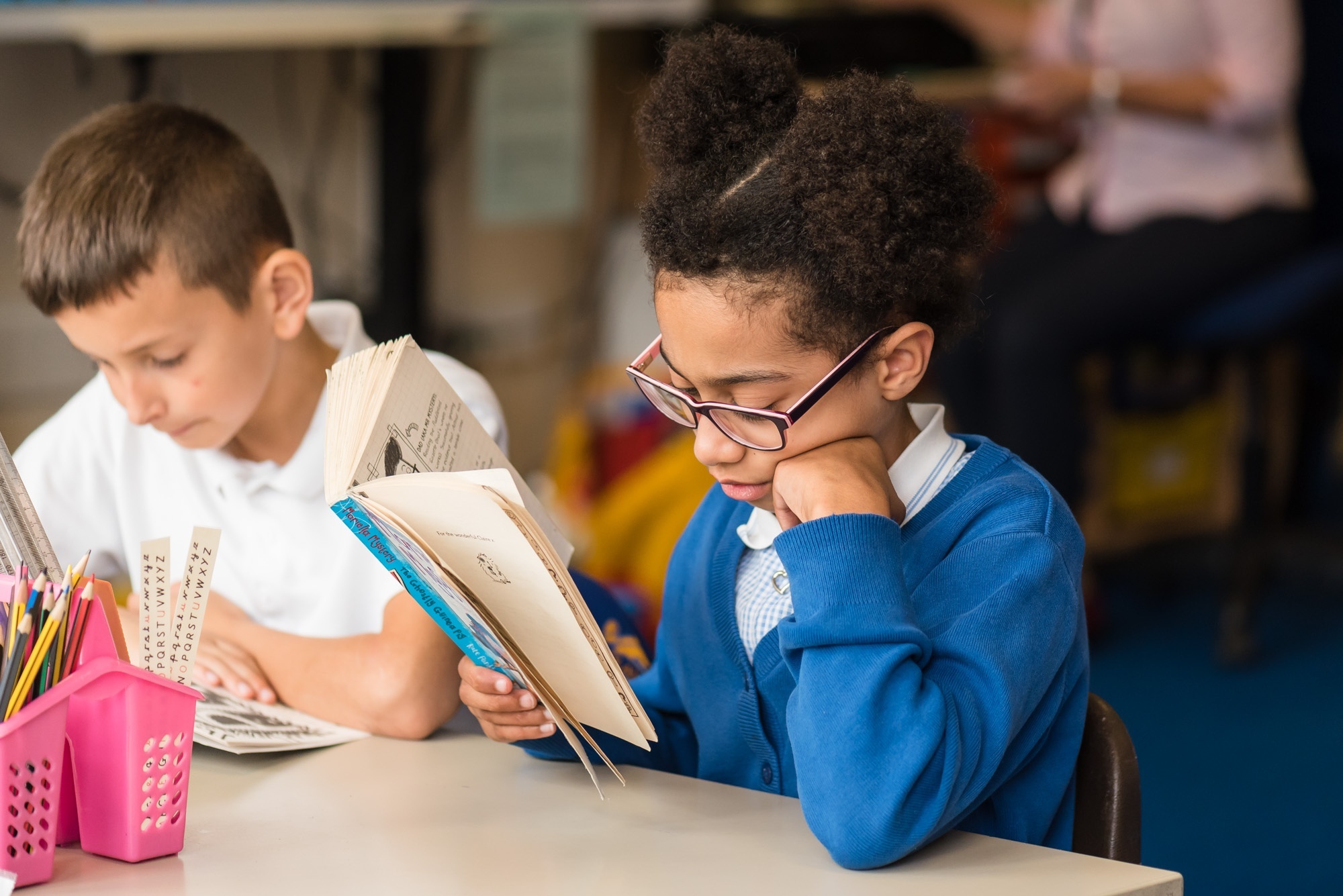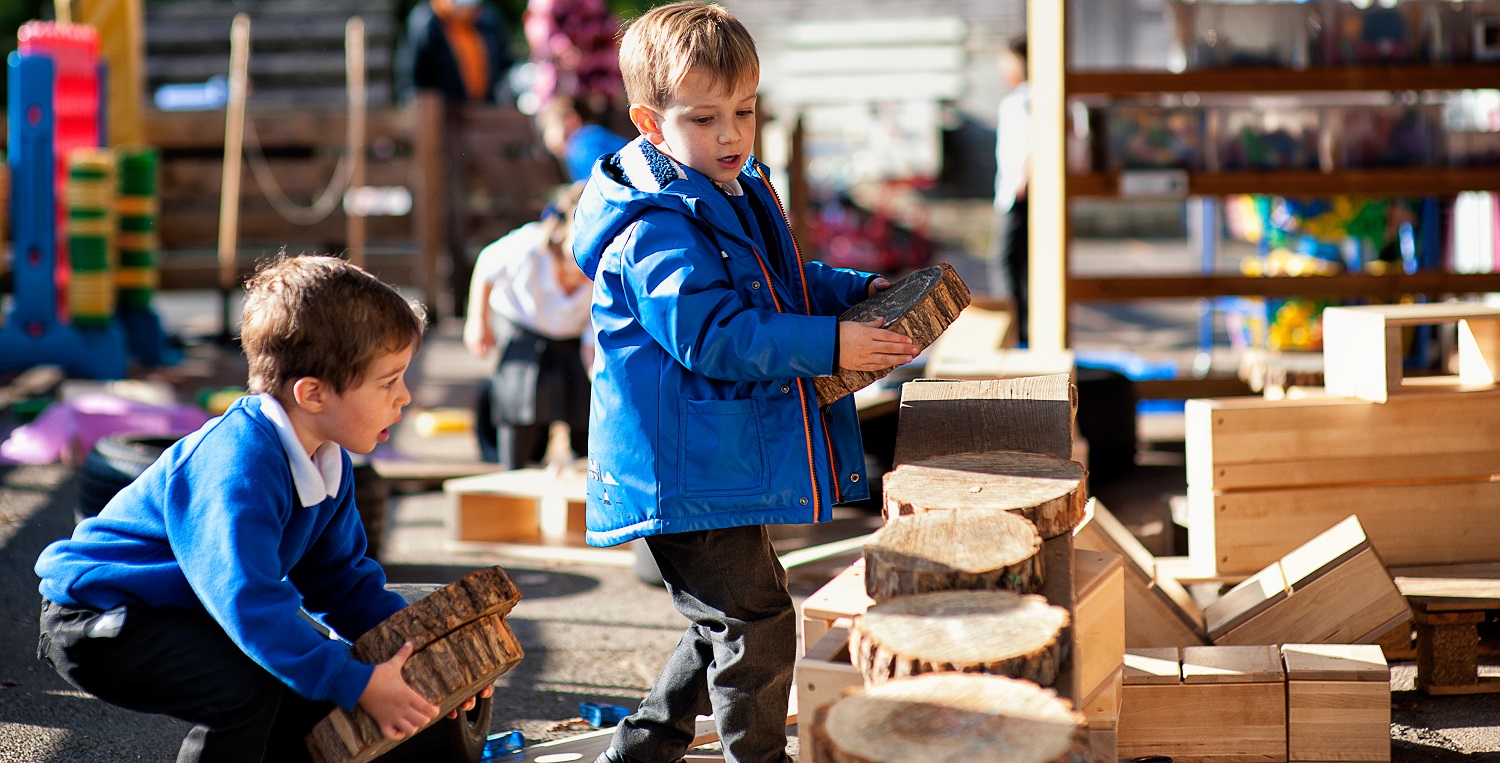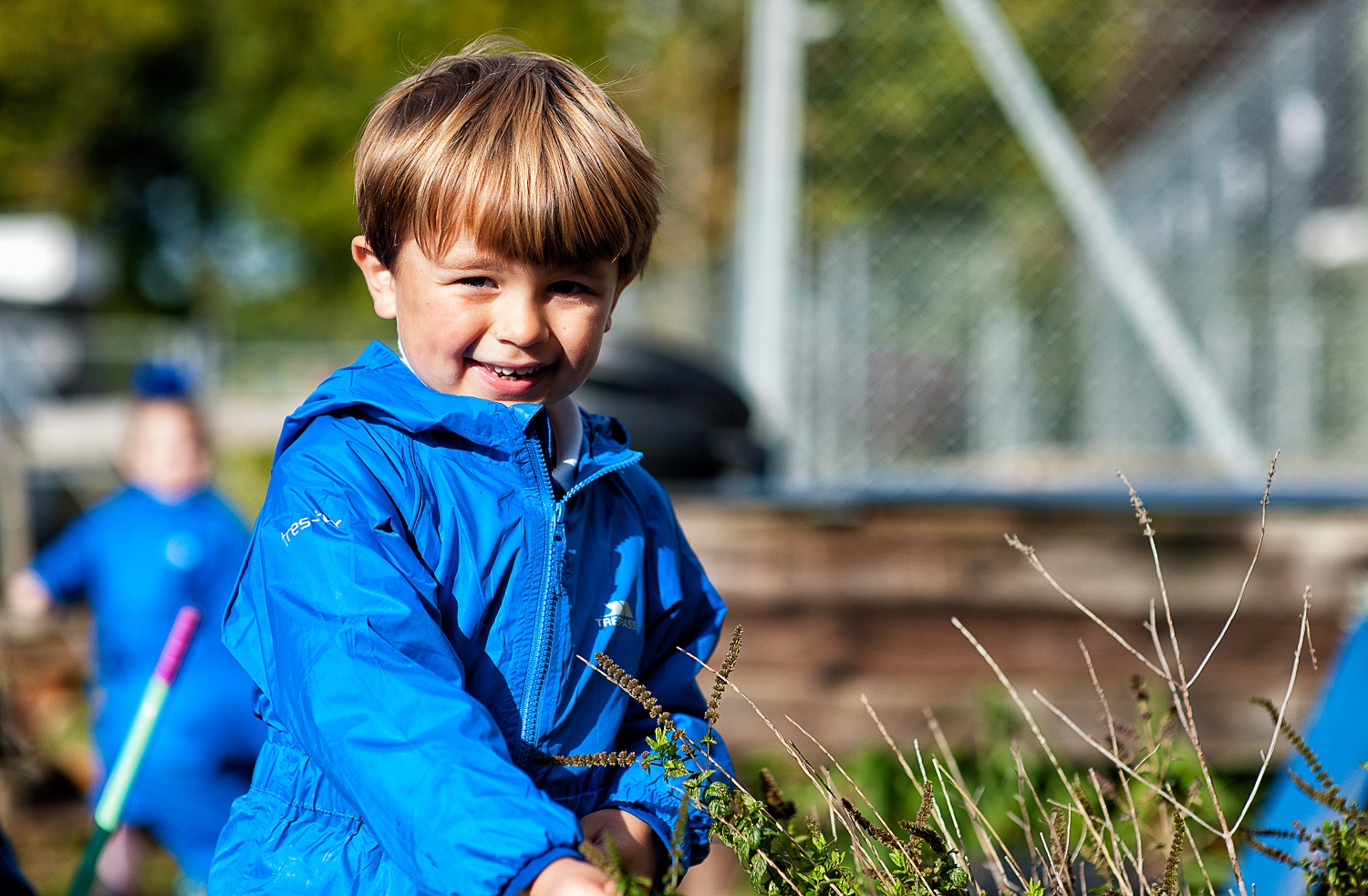Music
“Music gives a soul to the universe, wings to the mind, flight to the imagination, and life to everything.”
Plato - philosopher
What do we want our music curriculum to achieve?
At Woodlands, our pupils experience a carefully sequenced, rich and challenging music curriculum. We aim to inspire pupils’ creativity and stimulate their interest in discovering the music of the past, present and future. Children will learn about many different significant composers and cultures, including, but not limited to, composers from the British Isles (Year 1), traditional songs (Year 2), Edward Elgar, (Year 3), John Adams (Year 4), Gustav Holst (Year 5), Blues Music (Year 6) and Benjamin Britten (Year 6). Our curriculum also aims to develop children’s understanding of the interrelated dimensions of music; pitch, rhythm and pulse, dynamics, texture, structure and timbre; to promote active listening and critical thinking about music; likes, dislikes and why; and to prepare children for a lifelong engagement with music as both potential performers and as audience members. Overall, our music curriculum strives to nurture well-rounded musicians who can express themselves confidently, appreciate the richness of music and contribute positively to their communities through their musical abilities.
Why is music important to us?
Learning about music, having the opportunity to play musical instruments and make music together is a vital part of a rich and rounded education. It has also been proven that music plays a key role in brain development. This is because it helps with the nurturing of language, motor skills, emotional intelligence and collaboration skills. At Woodlands, we believe that all children, no matter their background, have the right to access music from the start of their time in EYFS right through to when they leave at the end of Year 6. Music provides a form of self-expression, as well as evokes emotion, connects people and inspires and unites us together as human beings. Our two big ideas – diversity and culture – feature frequently in music lessons. For example, in Year R, 1 and 2, children learn and perform in a nativity and in Year 3, children learn about the trailblazer, Florence Price and how she was the first African American woman to have music played by a major orchestra in 1933. Research shows that music can influence our mood, reduce stress and even improve cognitive function. From ancient civilisations to modern society, music has played a crucial role in rituals, celebrations and social gatherings, fostering a sense of community and belonging.
How does the curriculum structure support our aims?
Our approach to music learning from Reception into Years 1 and 2 aims, firstly, to help the children develop a solid understanding of rhythm and pulse. It also involves lots of singing and use of untuned percussion instruments to enhance learning and develop confidence. We then develop the children's understanding of other interrelated dimensions of music. We begin to write down our ideas and use them to perform to our peers. In KS2, we continue to develop rhythm and pulse and the other interrelated dimension, as well as introducing more understanding of the history of music, styles and genre and developing performance skills by providing further opportunities every year to perform to others, in lessons and more formal settings. By offering a variety of music genres and styles, pupils are exposed to diverse musical traditions, enhancing their cultural appreciation and understanding and includes opportunities for collaboration, ensemble playing, and performance experiences, which promote teamwork, communication, and confidence-building.
How do we make music real and meaningful for our children?
Making music real and meaningful for children involves creating a nurturing environment that encourages exploration, creativity, and emotional expression. We do this using several key strategies, including:
-
exposing children to a variety of musical genres.
- encouraging active listening by discussing the emotions and stories portrayed in songs and music.
- providing opportunities for hands-on music-making.
- incorporating music into everyday routines e.g. singing, playing musical games or listening to calming music.
- attending live music performances e.g. Young Voices in Year 5.
- encouraging self-expression through music.
By incorporating these strategies, we can make music real and meaningful for children, nurturing a lifelong love for music and fostering important skills such as creativity, emotional expression and collaboration.
How do we develop music skills?
Developing music skills requires a structured approach that incorporates repeated practice, studying the interrelated dimensions of music, receiving constructive feedback and actively engaging with a variety of musical genres. Key concepts include understanding the interrelated dimensions as well as beginning to develop technical proficiency on different instruments and voice. Fostering creativity and exploring different styles of music enhances musical abilities and our curriculum uses a variety of different styles and genres. Structuring our lessons to focus on pieces or styles aids skill development, as well as collaborating with other pupils to learn from their experiences and expand our musical horizons.
How do we use assessment in music?
Assessment in music is crucial for evaluating and monitoring the progress and skill development in music lessons. Key methods of assessment include using performance evaluations, recordings and teacher assessment, using retrieval tasks to gauge a pupil’s understanding and proficiency in various musical aspects. At least twice through the academic year, our music teacher will assess pupils against criteria set out in the National Curriculum. Additionally, incorporating peer assessments and self-assessments further enhances the learning experience by promoting reflection and collaboration among pupils. Following assessment of pupils, our music teacher can adapt planning to ensure that any misconceptions or gaps are addressed. They then bring all this knowledge, formed over the course of the year, together to make an overall judgement as to whether each pupil is working at the expected level for music or not and this is reported to parents.
How do we promote inclusivity and challenge in music?
Promoting inclusivity and fostering challenge in music can be achieved through several key strategies. A diverse repertoire and curriculum, reflecting a wide range of musical styles, genres and cultural backgrounds. This not only broadens pupils’ musical horizons but also ensures that all voices are represented and celebrated in the music education space. Pupils should feel comfortable in exploring and expressing their unique musical identities. Encouraging collaboration and peer support also helps in fostering inclusivity and a sense of belonging among students. To challenge pupils, opportunities for creativity, critical thinking and problem-solving within the musical context are provided. This involves incorporating improvisation and composition tasks that encourage pupils to explore music in new and innovative ways. Promoting inclusivity and challenge in music education requires ongoing professional development for our music teacher to enhance their understanding of diverse musical traditions, teaching methodologies and inclusive practices. By continuously updating their skills and knowledge, educators can better serve the needs of a diverse student body and create a dynamic and engaging learning environment for all.
Overall, by embracing diversity, creating a supportive environment, providing challenging opportunities and engaging in professional development, our music teacher can promote inclusivity and challenge in music education, ultimately enriching the musical experiences of all pupils.











